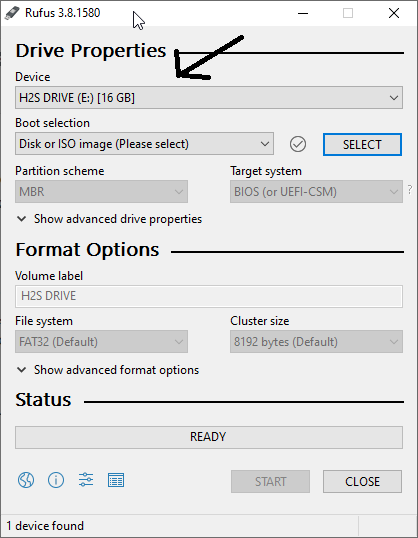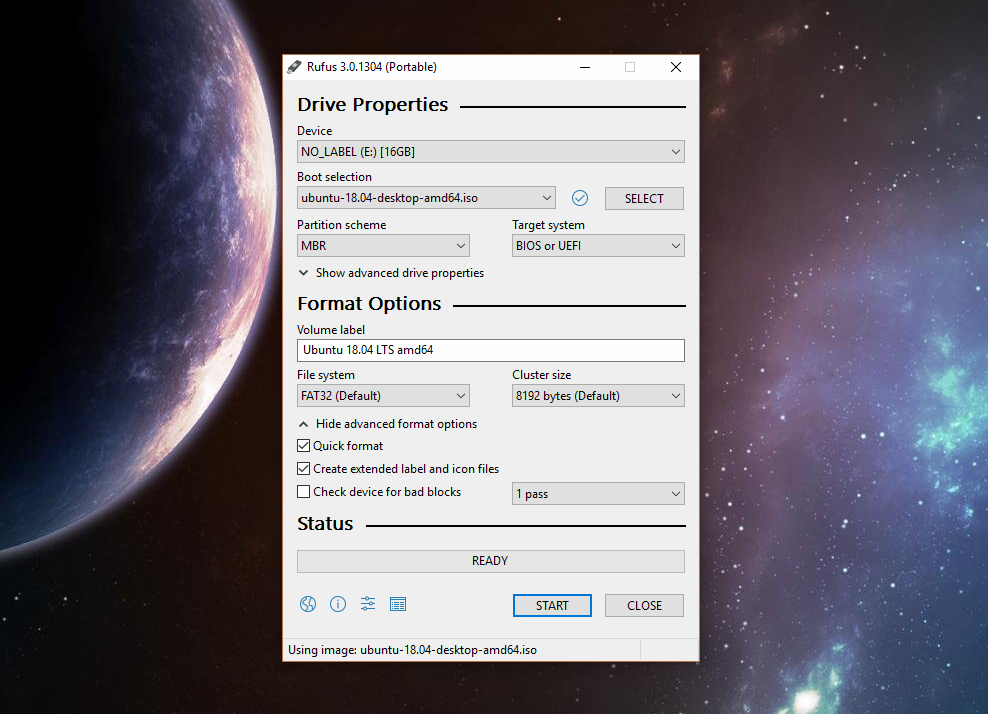

- Rufus linux iso usb install#
- Rufus linux iso usb full#
- Rufus linux iso usb portable#
- Rufus linux iso usb Pc#
This assumes that your USB drive is showing up as /dev/sdb. I’ll describe the process below and some of the thinking that might be attendant.įirst connect the USB drive and unmount it, assuming you know its designation (if not keep reading a couple more paragraphs before executing any commands), with something like the following: $ umount /dev/sdb* It’s actually less confusing of a process than you might think, and in my opinion, it’s just easier all around. There are still some graphic utilities you can use to create bootable USB drives with Linux on them, but why not learn the ins and outs of doing it from the terminal.
Rufus linux iso usb full#
Although there are lots of USB bootable making software available in the market, these are some of the most reliable and easy-to-use utilities.But, let’s say you’ve graduated from Windows and now you’re a full blown Linux person. So these were some tools to ease up the task of making a bootable USB drive. To make your drive usable again, just format your drive with the NTFS file system.
Rufus linux iso usb install#

Rufus linux iso usb Pc#

Rufus linux iso usb portable#
The portable version is a stand-alone executable file that you can launch from anywhere it is saved on your PC, and the installer version will get installed on your PC, this is no performance difference between them. Rufus is available in two versions portable and installer. Rufus is a freeware with which you can create a bootable drive of almost all Operating Systems. A USB drive with at least 4 GB space (8 GB recommended).Ĭreate bootable USB drive Using Rufus (for Windows).There are lots of freeware on the internet to convert your normal USB drive to a bootable drive allowing you to boot any OS from it later on (except macOS). Fortunately, things have changed and you can now install any OS from the USB drive by making your flash drive Bootable. However, the ability to install Windows OS / Linux OS was only possible using a CD. They need lesser space to carry you can delete data from it and store new ones and they have faster reading and writing speed.

When USB drives came to the market, it was said that they will replace CDs because there were lots of advantages of USB drives on CDs.


 0 kommentar(er)
0 kommentar(er)
